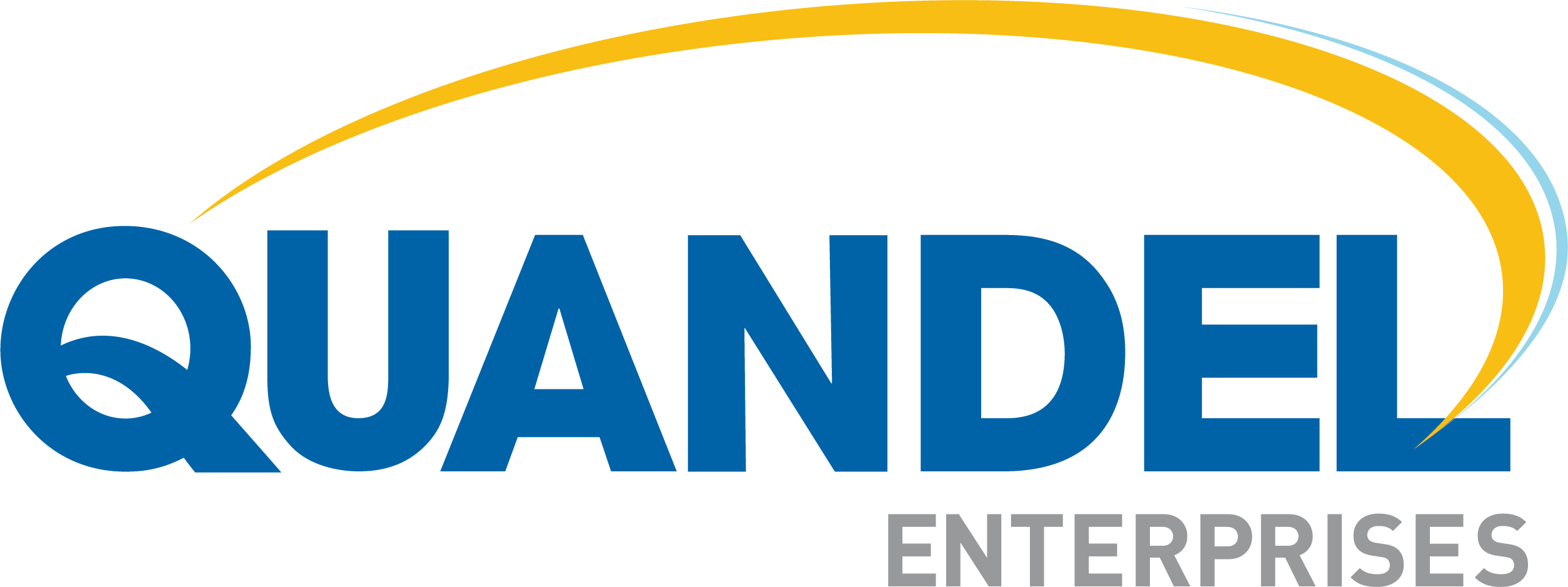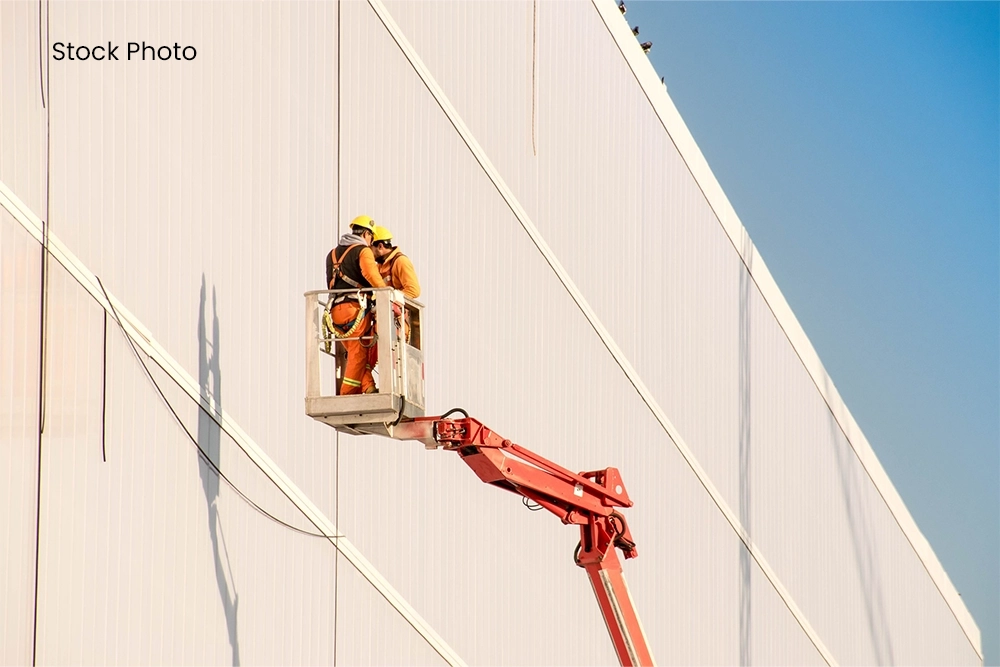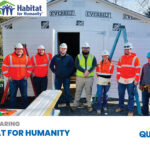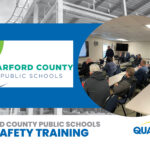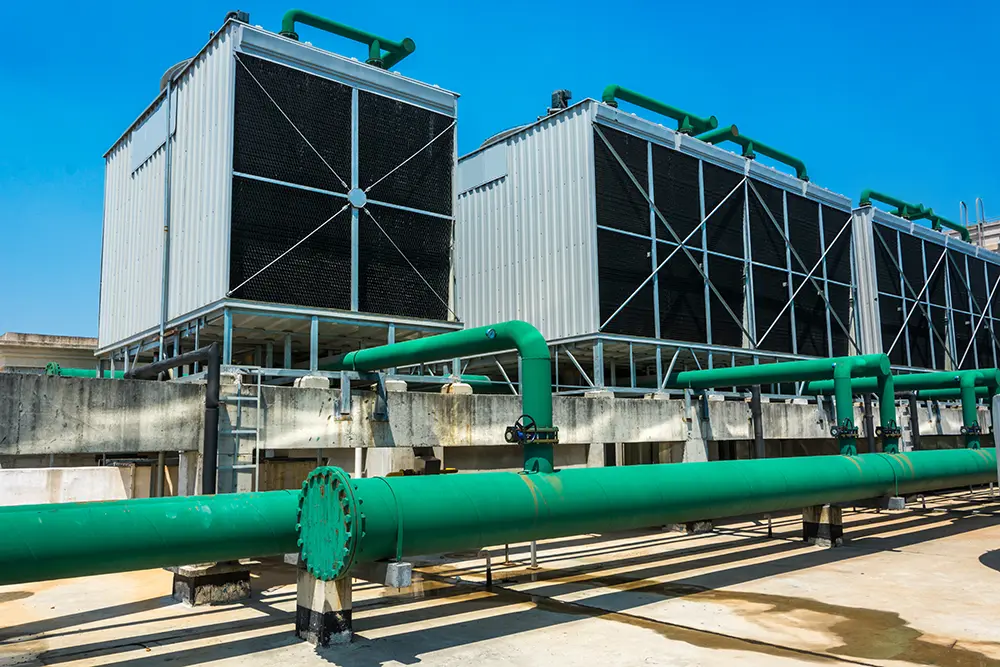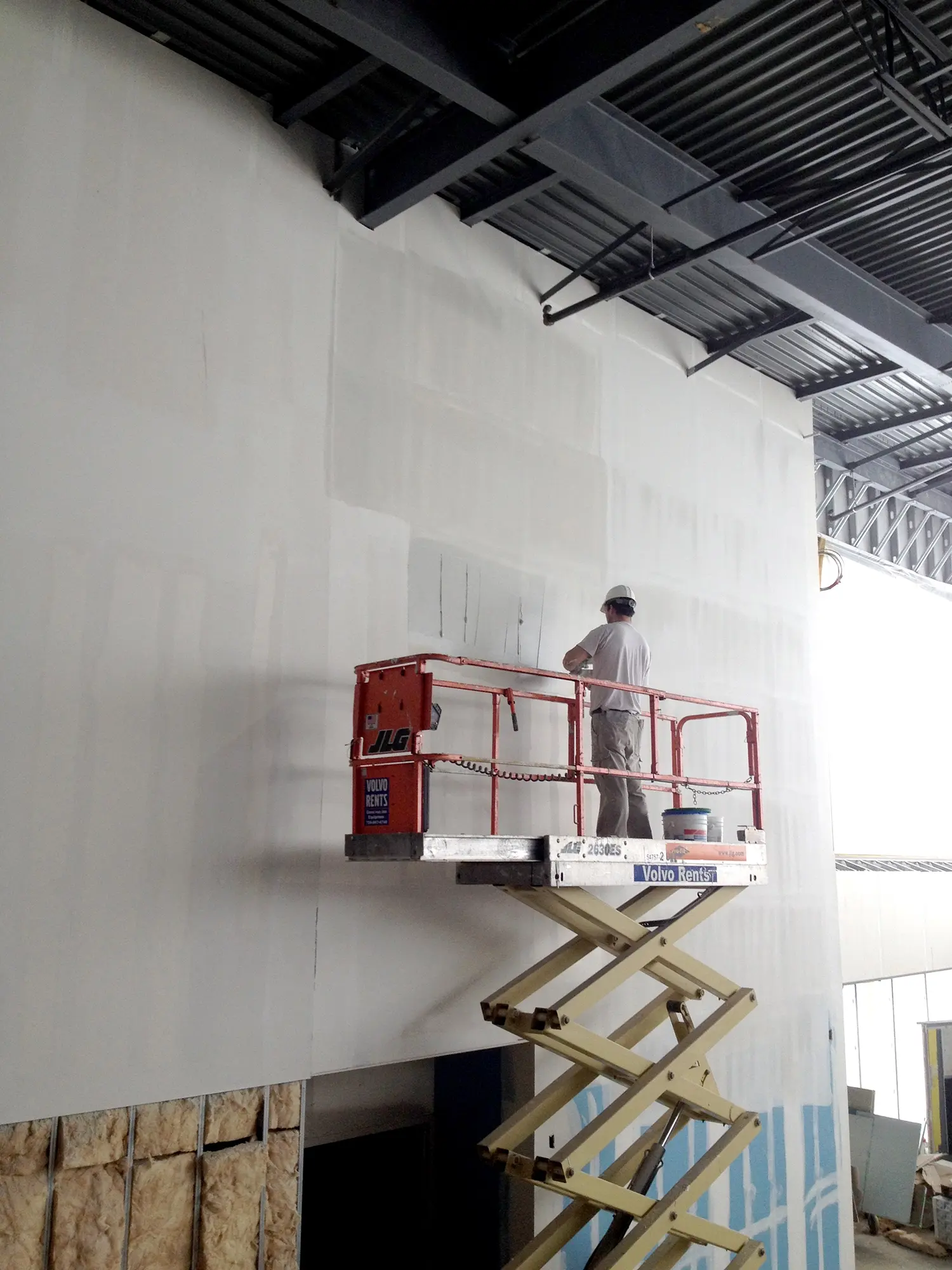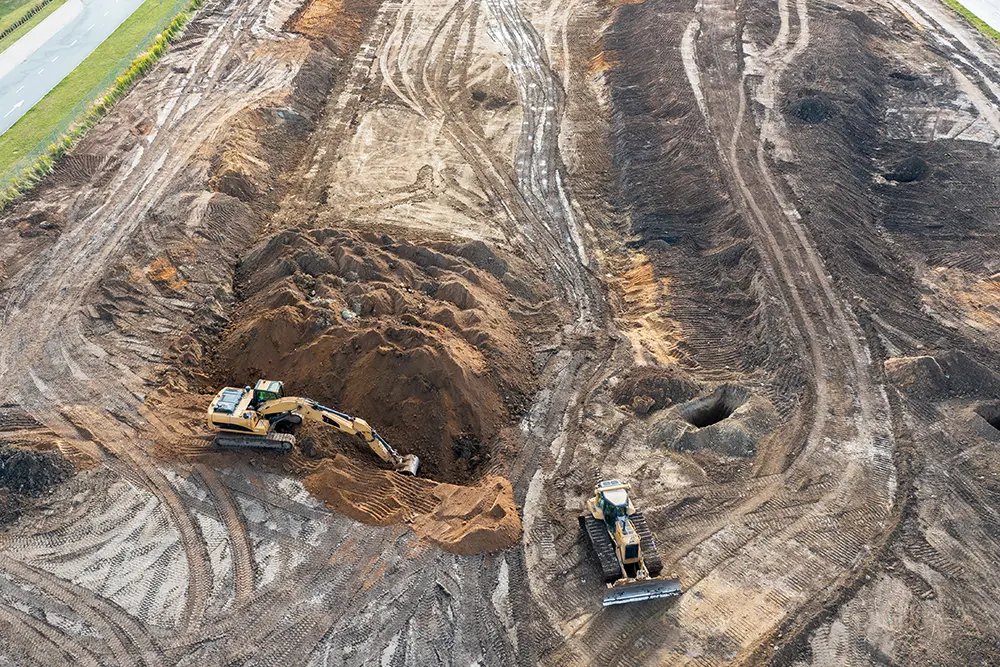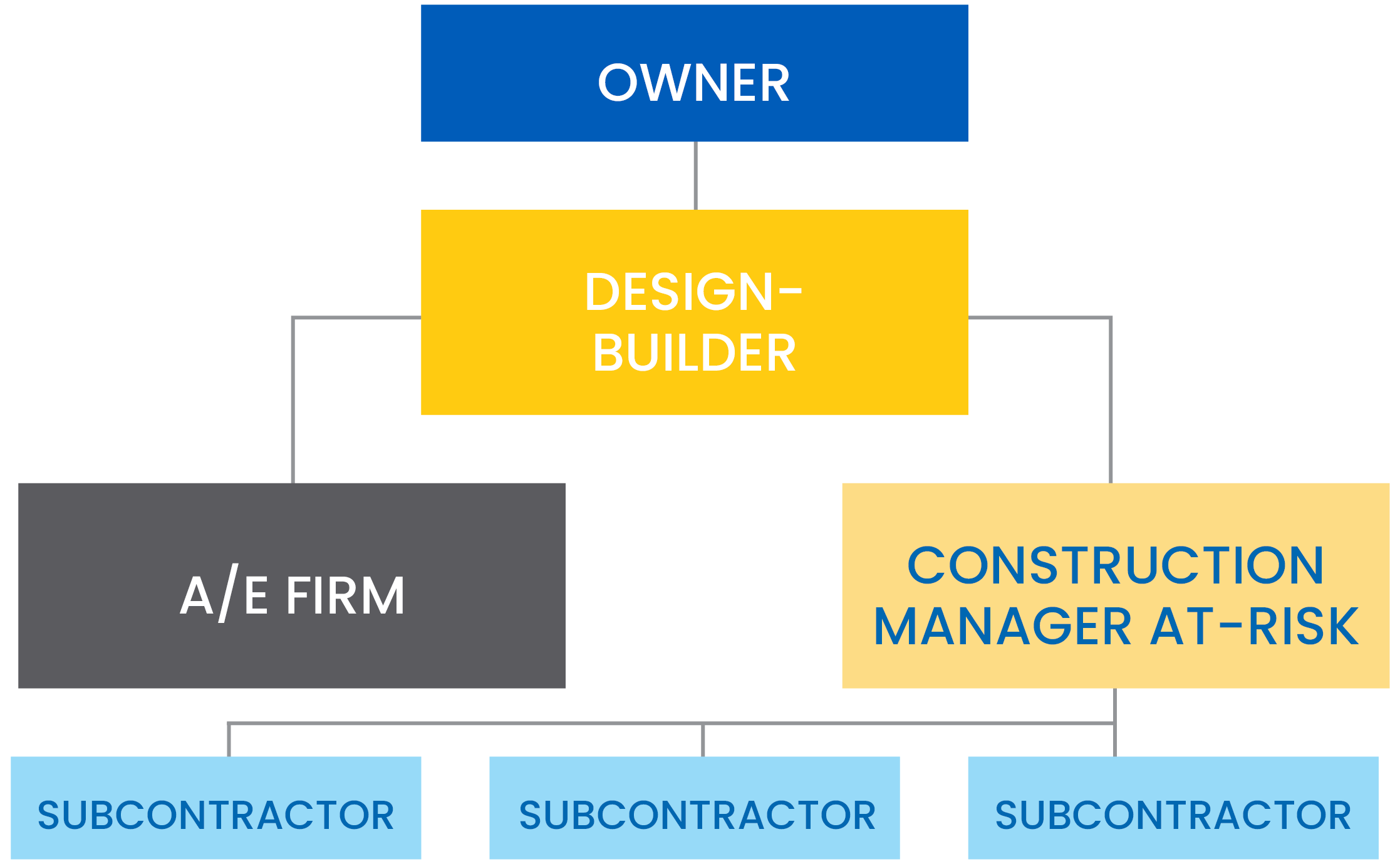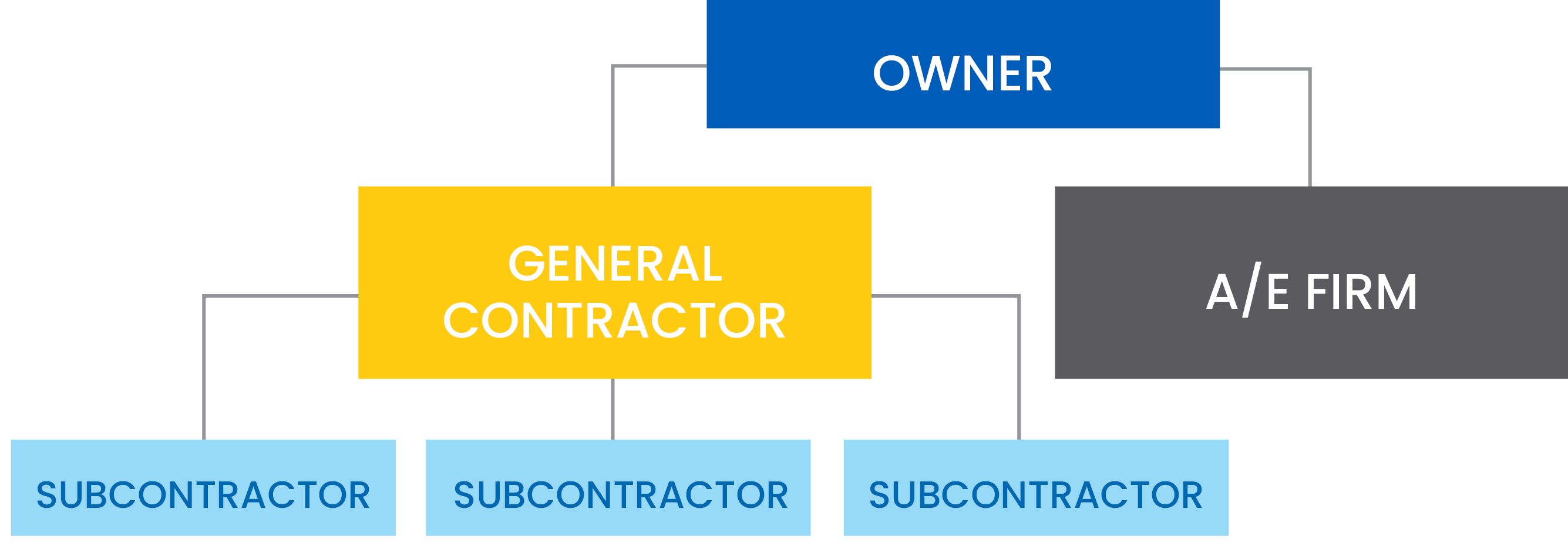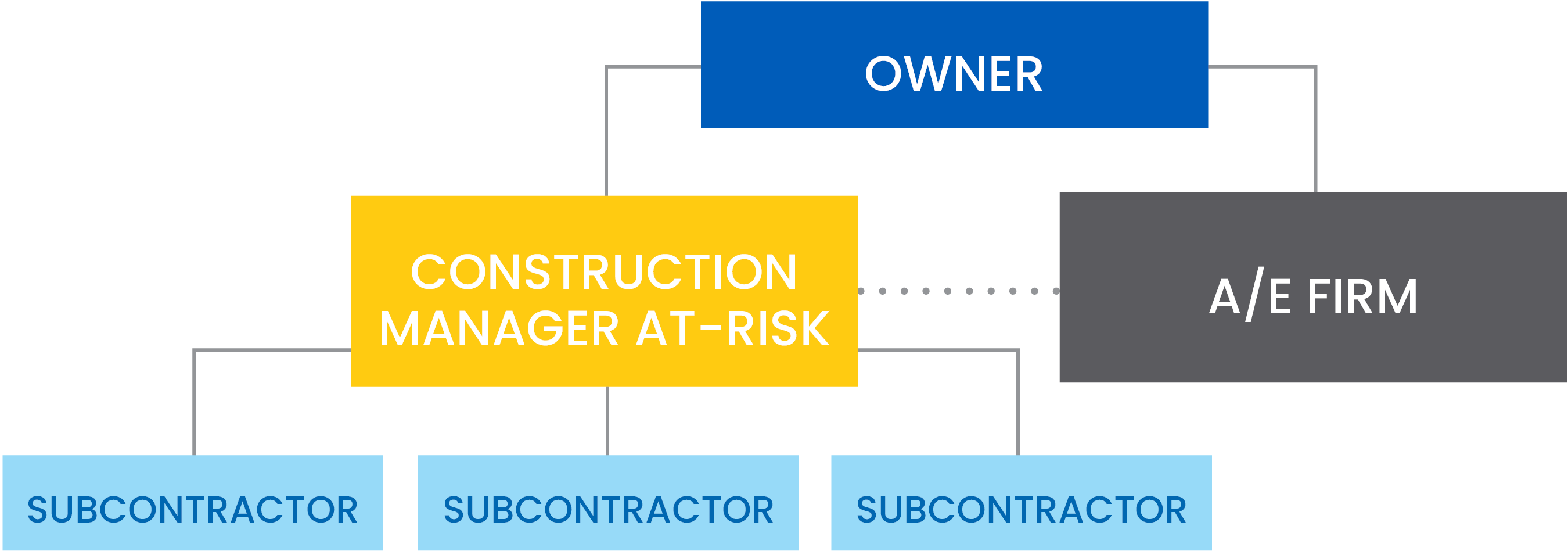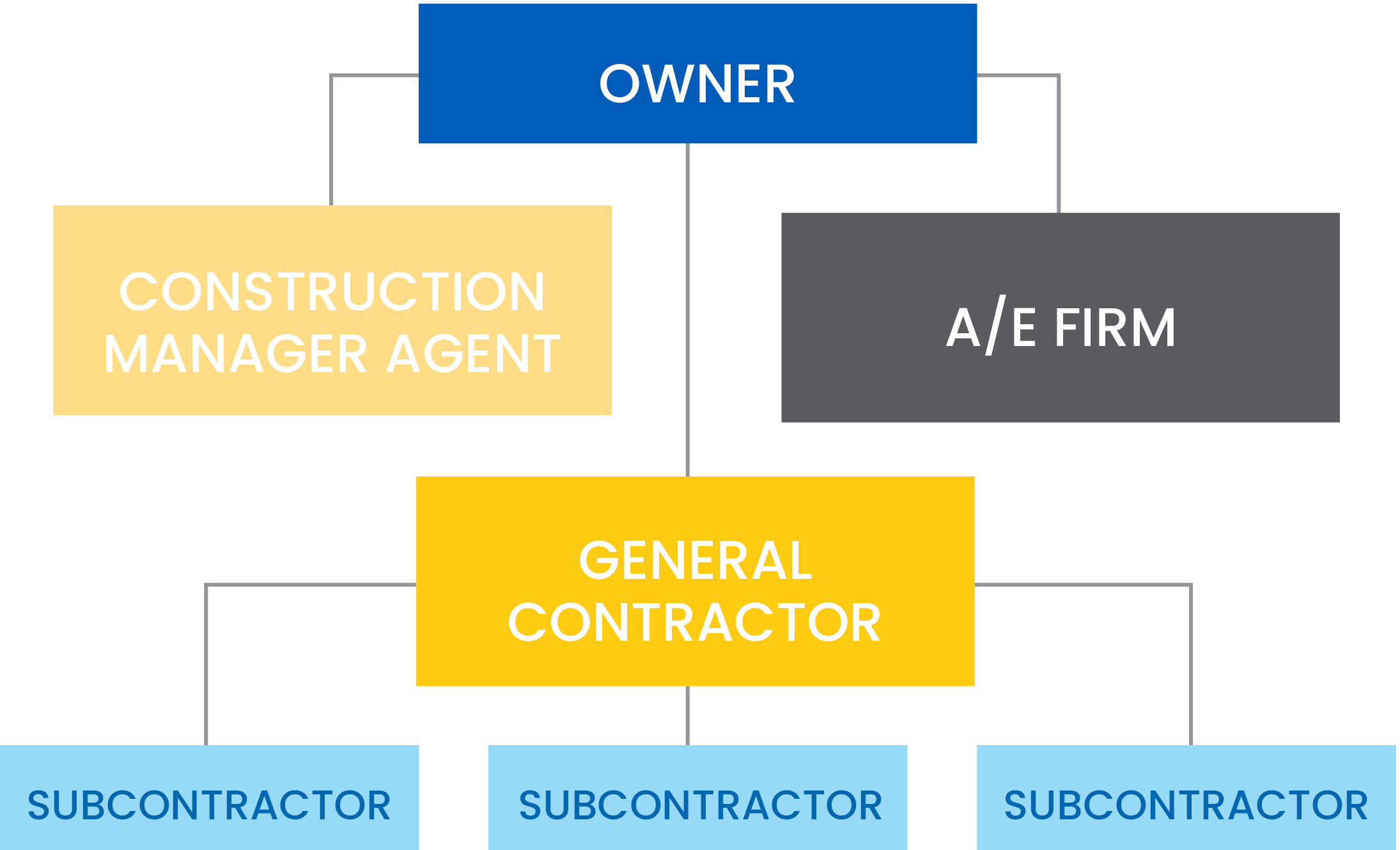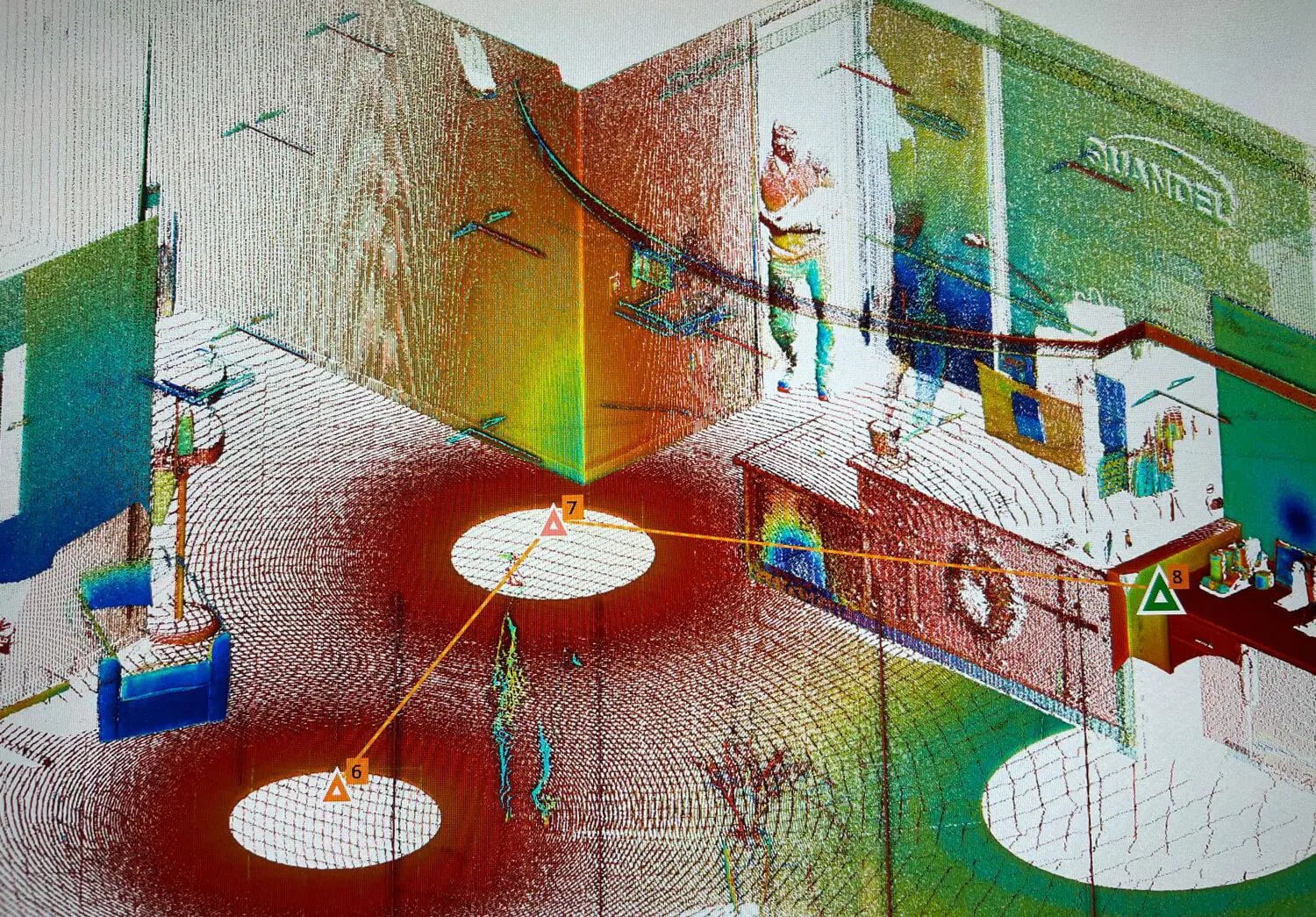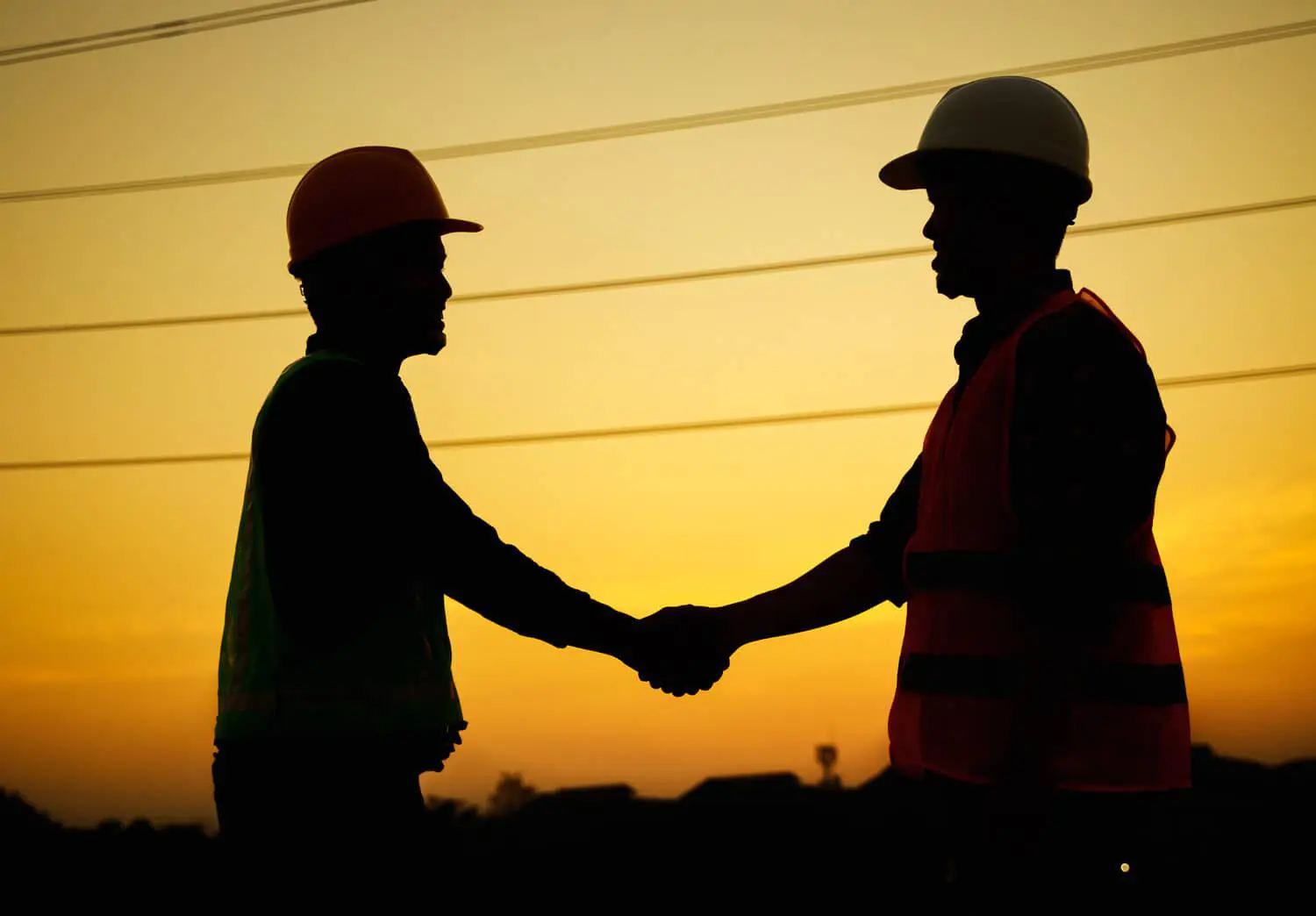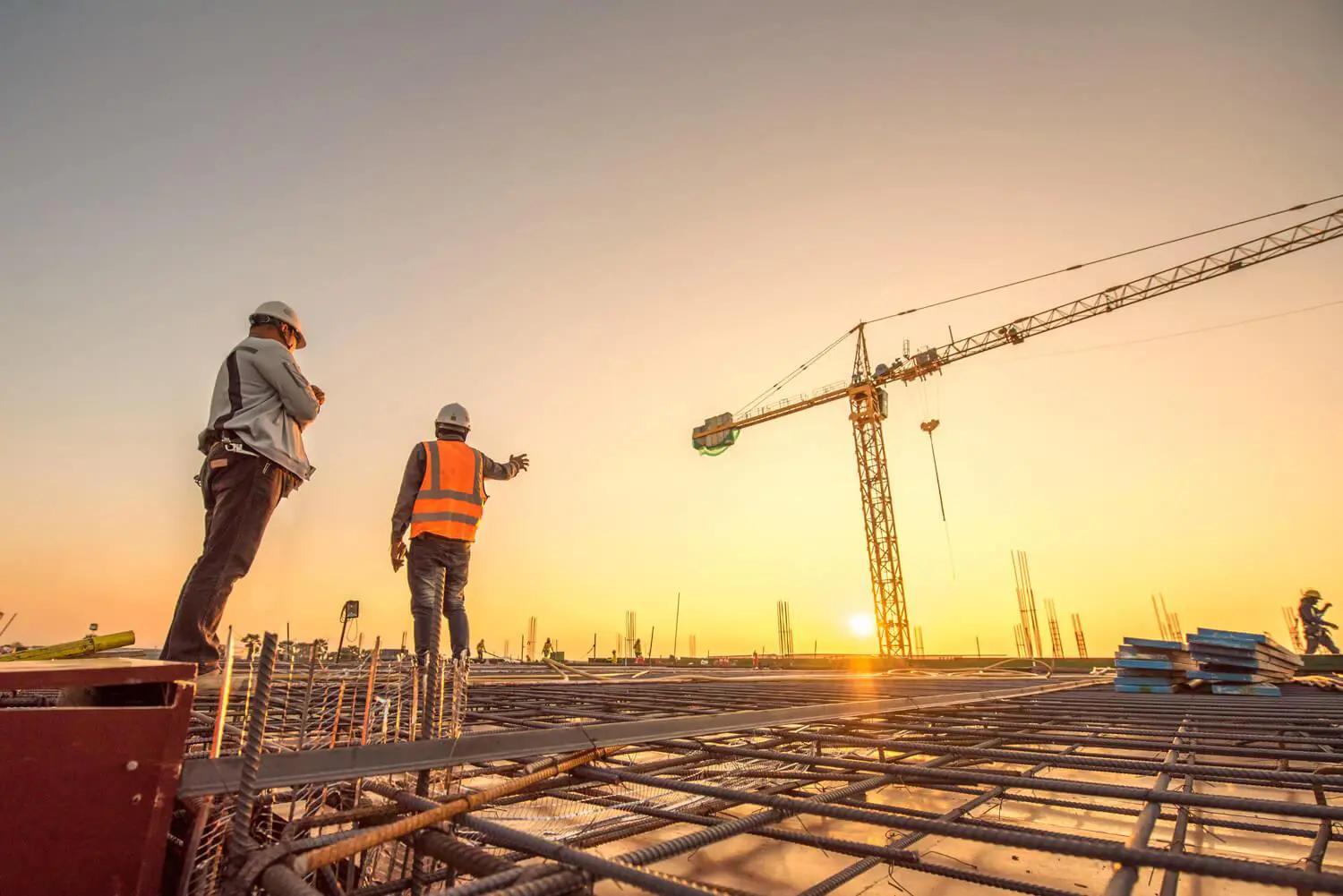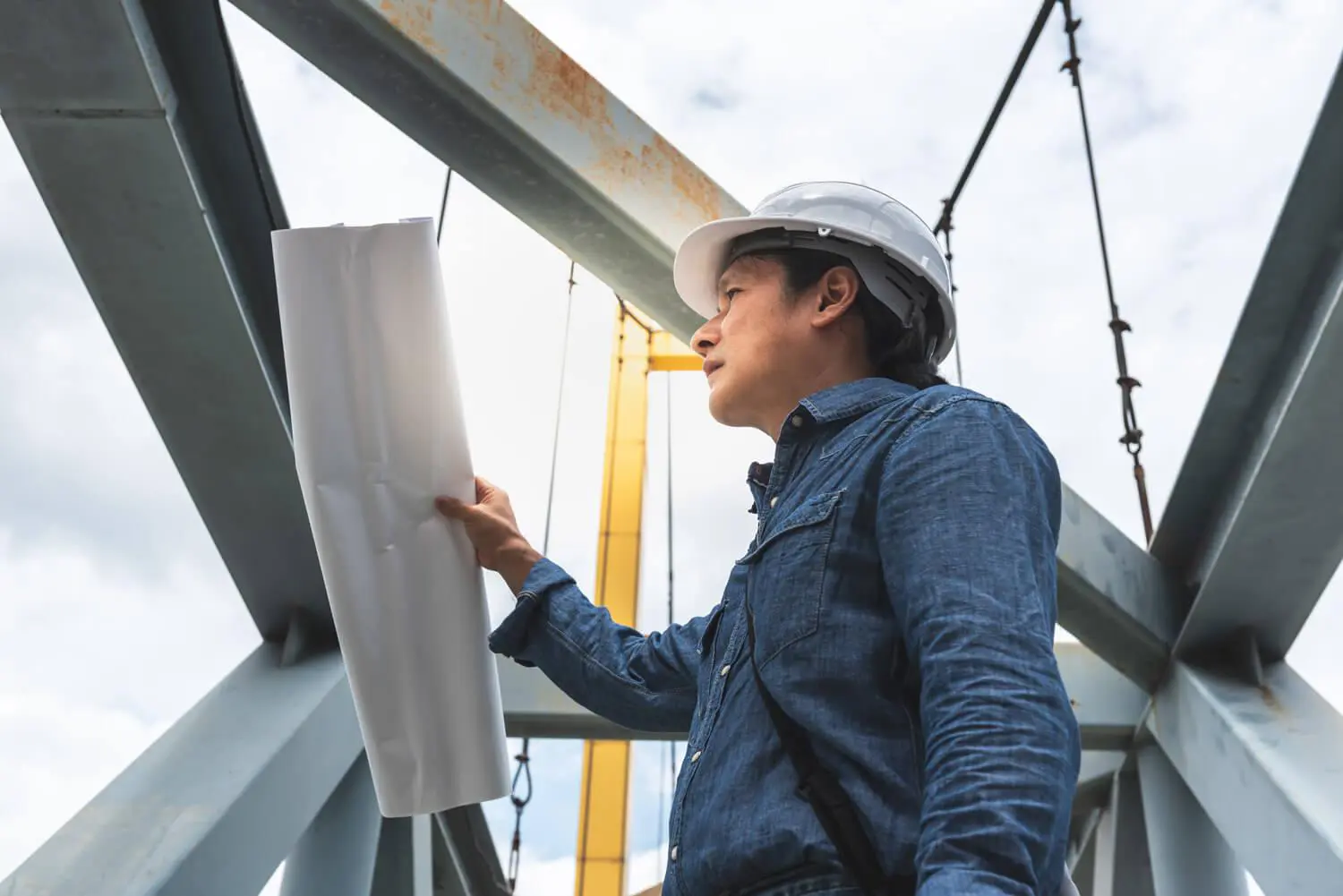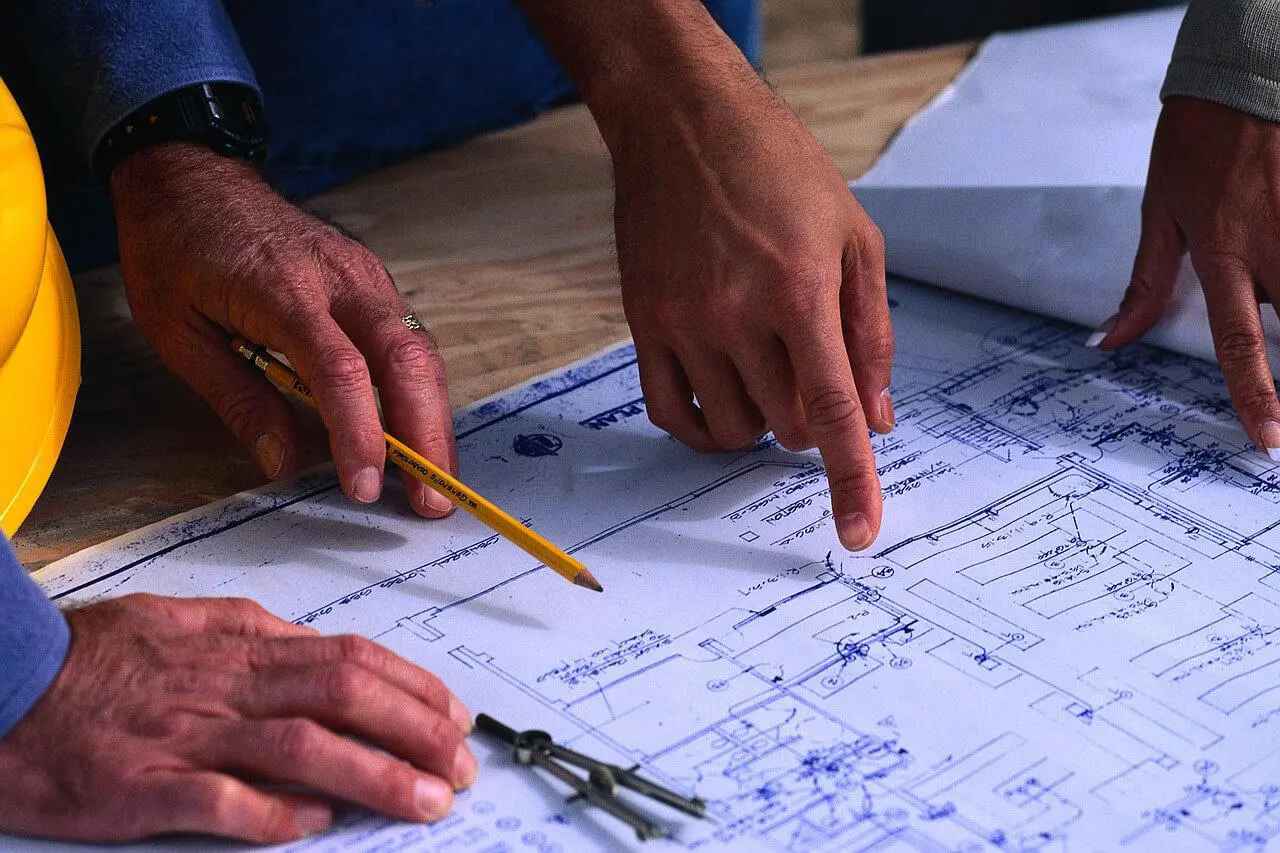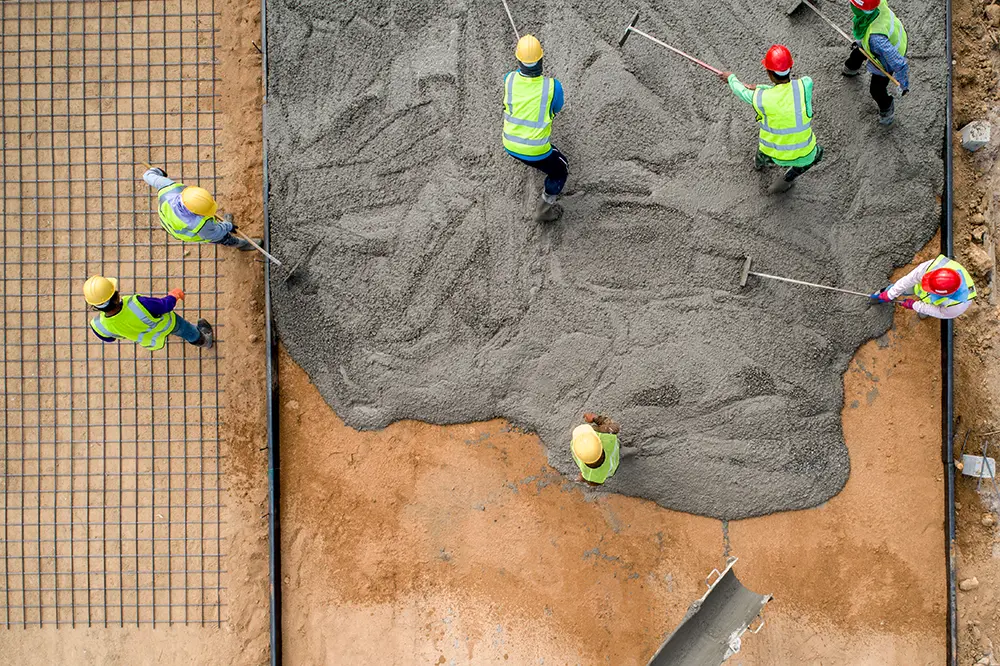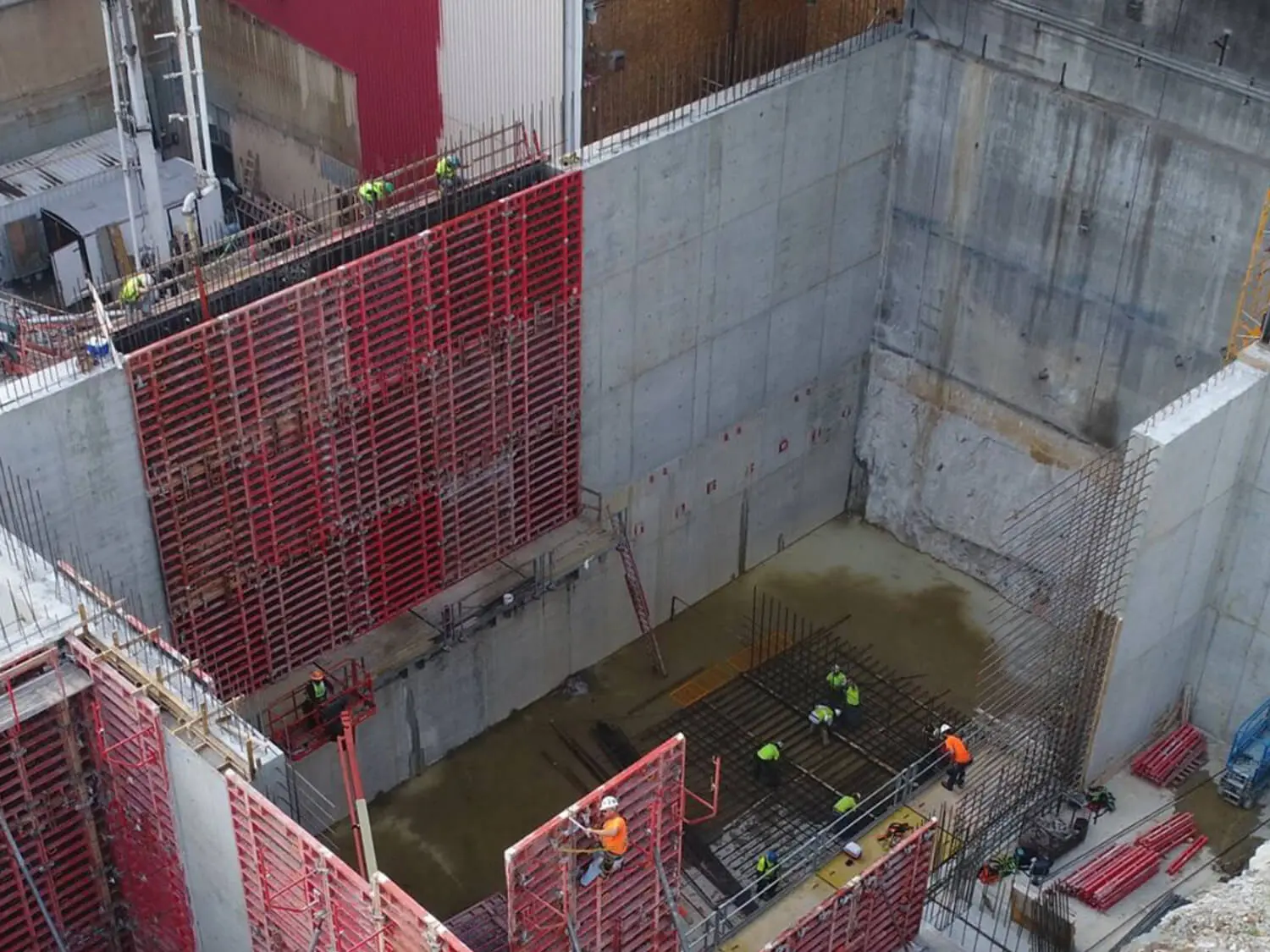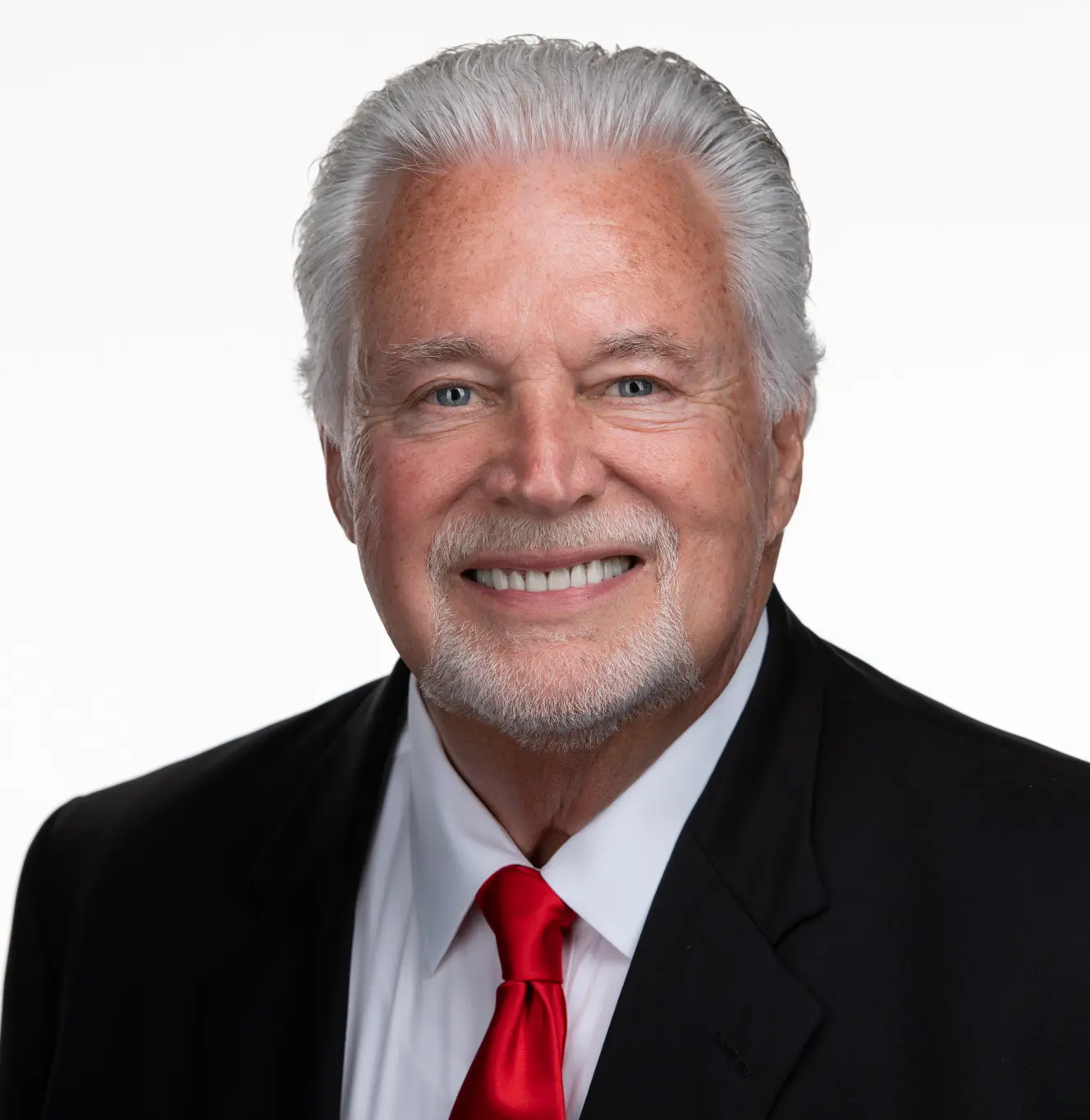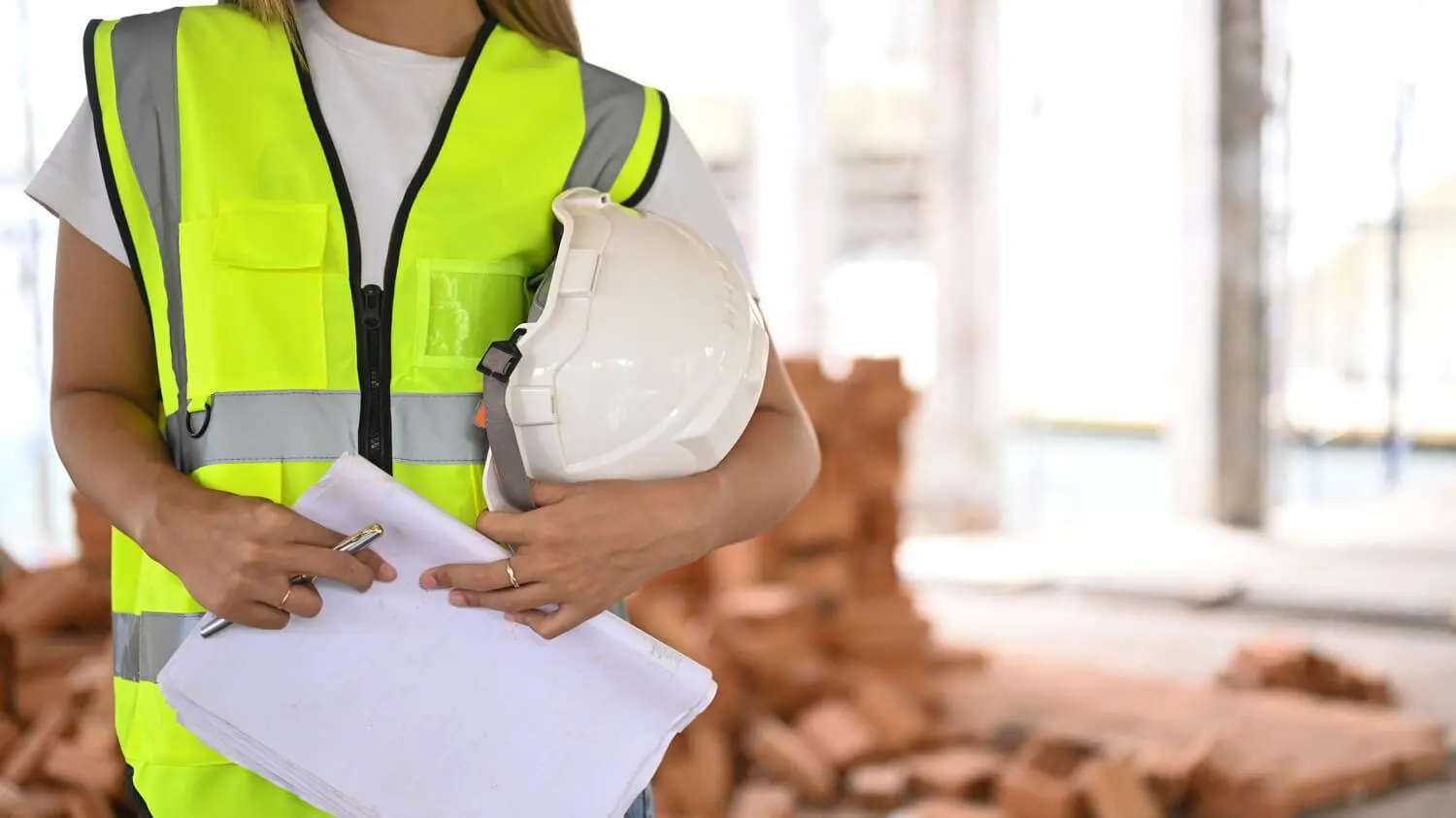OSHA Standard General Duty – Section 5(a)(1) of the Occupational Safety and Health Act of 1970: The employer shall furnish a place of employment free from recognized hazards known to cause or likely to cause death or serious physical harm to employees. ANSI A92.2 Employee(s) were using the aerial lift (top-rail) to support and lift metal roof supports that extended approximately 4-5 feet on each side of the basket. The manufacturer of the aerial lift prohibits using the basket to lift material in this manner.
OSHA Standard General Duty – Section 5(a)(1) Any time the scissor lift is next to an edge or a hole a barrier must be installed to prevent the machine from going off the edge.
OSHA Standard General Duty – Section 5(a)(1) and 1926.453(b)(2(viii) An aerial lift was observed moving point-to-point while the boom and basket and employee were elevated approximately 35 feet in height over rough terrain conditions. ANSI 92.2 and 1926.453(b)(2)(viii)An aerial lift truck shall not be moved when the boom is elevated in a working position with men in the basket, except for equipment which is specifically designed for this type of operation in accordance with the provisions of paragraphs (a) (1) and (2) of this section.
OSHA Standard 1926 Subpart E – Personal Protective and Life Saving Equipment – 1926.100 Title: Head protection. GPO Source: e-CFR 1926.100(a) Employees working in areas where there is a possible danger of head injury from impact, or from falling or flying objects, or from electrical shock and burns, shall be protected by protective helmets. 1926.100(b) Criteria for head protection. 1926.100(b)(1) The employer must provide each employee with head protection that meets the specifications contained in any of the following consensus standards:
Key Points: Aerial Lift Hazards, Misuse and OSHA Exposures
- Hoist nothing on handrails.
- Curb stops are needed within 2 feet of any leading edge.
- Lifts are not to move when elevated.
- Hard hats are required for bump and electrical protection.
- Field modifications of lifts are only allowed with WRITTEN permission of the manufacturer.
1926.453 – Aerial Lifts. | Occupational Safety and Health Administration. www.osha.gov/laws-regs
